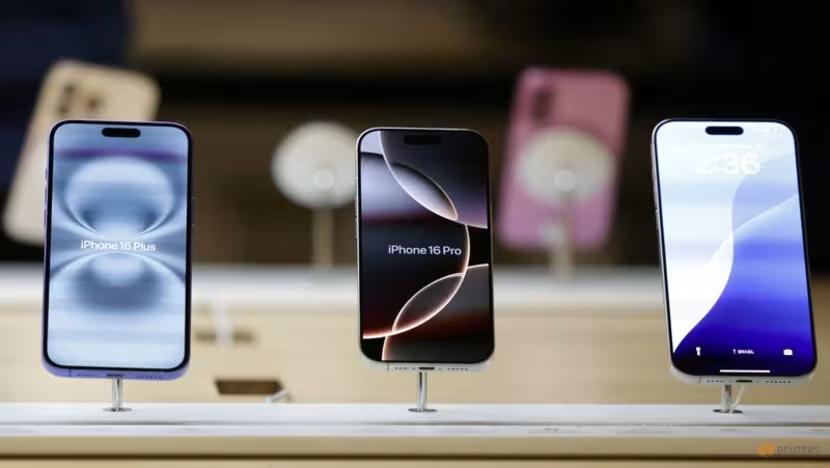Capturing the ethereal dance of the Aurora Borealis, or Northern Lights, has become increasingly accessible thanks to advancements in smartphone camera technology. While professional cameras still hold an edge, modern smartphones are capable of capturing impressive images of this celestial phenomenon. Here’s a comprehensive guide to help you capture the aurora with your smartphone.
Preparation and Location:
The first step in successfully photographing the Northern Lights is finding the right location. Look for areas with minimal light pollution and clear, unobstructed views of the night sky. Remote locations away from city lights are ideal, as they provide a dark backdrop essential for capturing the faint auroral displays. Check light pollution maps and cloud coverage forecasts to find optimal viewing spots. Apps like Hello Aurora can even show real-time sightings reported by other users, giving you a hint of where the aurora is visible.
Essential Equipment:
- Tripod: Stability is paramount in low-light photography. A tripod keeps your phone steady during long exposures, preventing blurry images. Even the slightest movement can ruin a shot, so a tripod is a must-have. If you don't have a tripod, stabilize your phone using rocks or other available objects.
- Smartphone Mount: A basic smartphone holder to attach your phone to the tripod.
- Remote Shutter or Timer: Using a remote shutter or the phone's built-in timer minimizes camera shake when taking a photo. This is especially important during long exposures.
- Extra Batteries: Cold weather can drain batteries quickly, so carry a power bank to extend your shooting time.
Camera Settings:
Most smartphones require manual adjustments to capture the aurora effectively. Here’s how to set up your smartphone camera:
- Enable Manual/Pro Mode: Access your phone's manual or pro mode to adjust key settings like ISO, shutter speed, and focus. Some phones have a dedicated Astrophotography or Night Mode designed to enhance low-light shots.
- Turn off Flash: Disable the flash, as it's useless at night and will ruin your photos and disturb other aurora watchers.
- ISO: Adjust the ISO, which controls your camera's sensitivity to light. A good starting point is ISO 800-1600, but you may need to increase it if the aurora is faint. Be mindful that higher ISO settings can introduce noise or graininess.
- Shutter Speed: Set the shutter speed to between 5 and 15 seconds. This allows enough time to capture the moving lights without blurring the stars. Some phones let you manually set shutter speeds up to 30 seconds, ideal for faint auroras.
- Focus: Manually focus to infinity or tap on a distant light source and lock the focus. This ensures the aurora and stars are sharp.
- Aperture: If your phone allows aperture adjustment, set it to the lowest possible value (e.g., f/2.8 or lower) to let in as much light as possible.
- White Balance: Setting the white balance to around 3200K can help your images look more natural.
Shooting Techniques:
- Stability: Keeping your phone completely still is essential. Use a tripod and either a remote shutter or the timer function to avoid any movement.
- Experiment with Exposure: Adjust exposure settings manually to avoid overexposure and improve contrast, especially in light-polluted areas.
- Shoot in RAW: If your phone allows, shoot in RAW format instead of JPEG. RAW files preserve more detail and provide greater flexibility for editing.
- Use Primary Lens: Use the primary lens on your phone, as it generally offers the best quality compared to super-wide or selfie lenses.
- Take Multiple Shots: Capture numerous photos to increase your chances of getting the perfect shot. Auroras are dynamic, and lighting conditions can change rapidly.
Post-Processing:
Even with careful shooting, post-processing is often necessary to bring out the best in your aurora photos. Use editing apps like Adobe Lightroom to adjust exposure, contrast, white balance, and saturation. Be careful not to oversaturate colors, which can make the images look unnatural.
Phone Recommendations:
While many modern smartphones can capture the Northern Lights, some perform better than others. Look for phones with:
- Manual Mode: Essential for adjusting ISO, shutter speed, and focus.
- Night Mode: Enhances low-light shots.
- Wide ISO Range: Ideally from 800 to 3200 or higher.
- RAW Support: For better editing capabilities.
By following these tips, you can significantly increase your chances of capturing stunning photos of the Northern Lights with your smartphone. Remember that patience and experimentation are key.

















